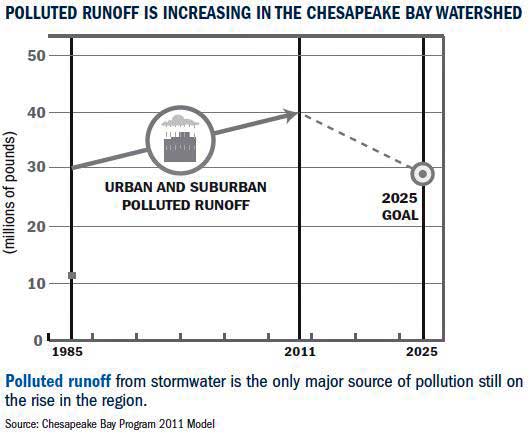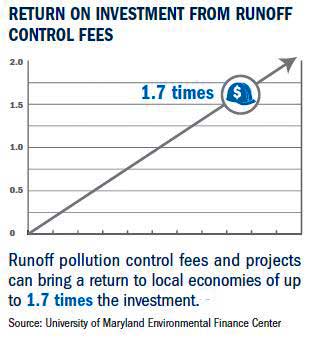On Jan. 29, three decades after the first Chesapeake Bay Agreement was signed, Chesapeake Bay Program partners now seek public input on a new agreement guiding the next chapter of restoration across the watershed, recommitting stakeholders to conservation success in the process.
The U.S. Environmental Protection Agency (EPA) and seven Chesapeake Bay jurisdictions have proposed a draft agreement supporting a healthier Chesapeake Bay and the bay total maximum daily load. The agreement also supports President Obama’s 2009 executive order requiring bay jurisdictions to implement by 2017 plans to reduce nutrients and sediment loads by 60%. The efforts will continue to be driven by watershed implementation plans.
The draft Chesapeake Bay Watershed Agreement also contains high-level, voluntary goals that are paired with time-bound, measurable outcomes. Goals include:
- Protecting and restoring land and water habitat, marine life and ecological relationships with a focus on high-priority species and affording additional public benefits,
- Reducing pollution to support aquatic life and human health,
- Sustaining state-identified healthy waters and watersheds,
- Conserving land resources that promote healthy waters,
- Expanding public access to the Bay and its tributaries, and
- Increasing student education of responsible bay stewardship
Previous jurisdiction signatories Maryland, Virginia, Pennsylvania, and the District of Columbia are joined for the first time in this agreement by Delaware, New York and West Virginia.
The Chesapeake Executive Board, currently made up of EPA’s administrator and the governors of the six bay states, has authority over the Chesapeake Bay Program. Under the draft agreement, that power would shift to the program’s management board composed of EPA and other federal agency representatives, state environmental officials, a local government representative, and a representative for bay state legislatures. The new management group could modify strategies to meet both the voluntary goals and the mandatory nutrient and sediment reduction goals. These strategies would be reviewed every two years.
Learn more about submitting comments on the draft agreement. Comments are due March 17.

 Just days before this agreement was released, on Jan. 20, the Chesapeake Bay Foundation (CBF) released a report discussing the effects of stormwater runoff on the bay and providing recommendations for state and federal governments in 2014.
Just days before this agreement was released, on Jan. 20, the Chesapeake Bay Foundation (CBF) released a report discussing the effects of stormwater runoff on the bay and providing recommendations for state and federal governments in 2014.
While other sources of pollution continue to decline, stormwater carrying nutrient and sediment to the bay continues to increase. According to the report, 25 mm (1 in) of rain falling on half a hectare (1 ac) of impervious surfaces produces about 102,206 L (27,000 gal) of polluted runoff. Further, the Chesapeake Bay region adds 15,378 ha (38,000 ac) of new development each year.
Stormwater also affects the area’s rivers and streams. According to CBF, runoff is responsible for impairments in 3,945 km (2,451 mi) of rivers and streams in Pennsylvania and 4,168 km (2,590 mi) in Maryland. Further, CBF states that flooding in the Susquehanna River basin causes an estimated $150 million in damages.
However, solutions can be cost-effective. Citing an estimate by the University of Maryland’s Environmental Finance Center, CBF writes that every dollar invested by local governments can yield up to $1.70 in benefits.
Read more about CBF’s strategies for combating stormwater pollution in Polluted Runoff: How Investing in Runoff Pollution Control Systems Improves the Chesapeake Bay Region’s Ecology, Economy, and Health.





